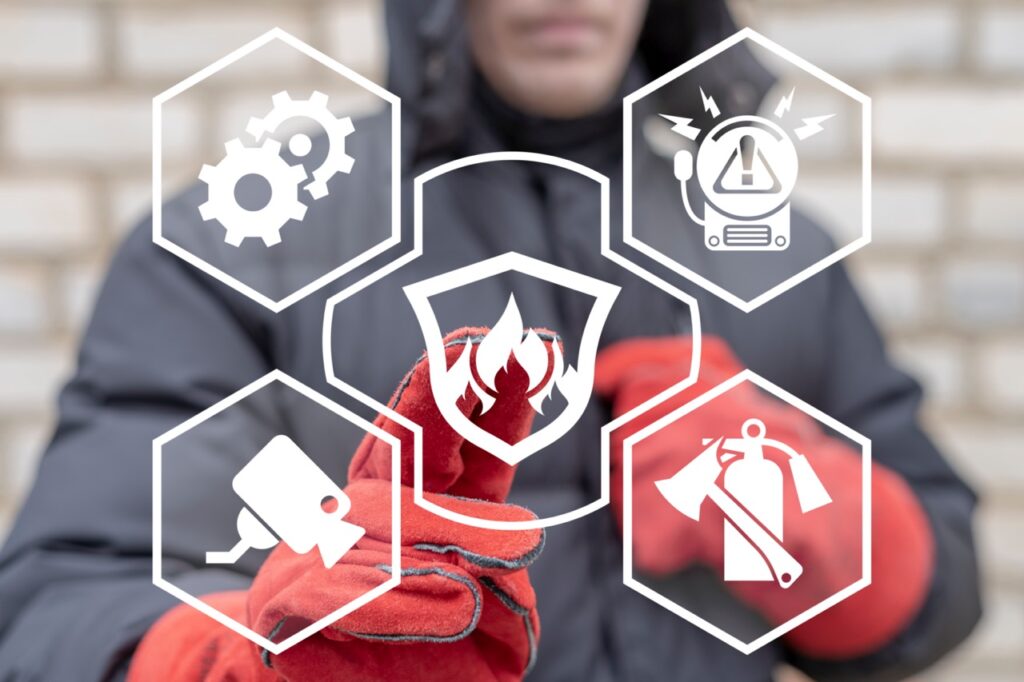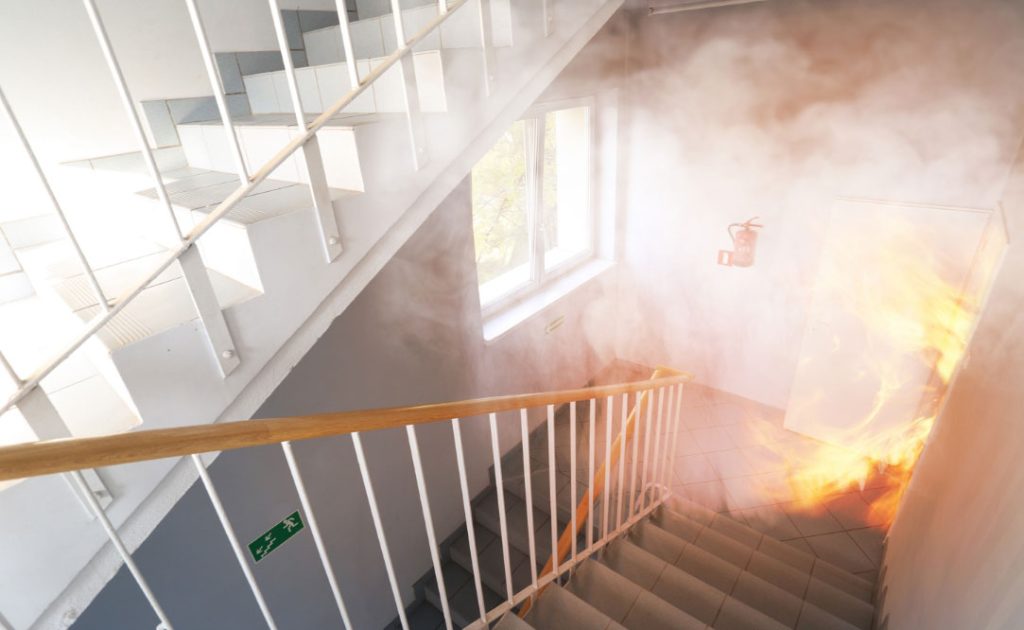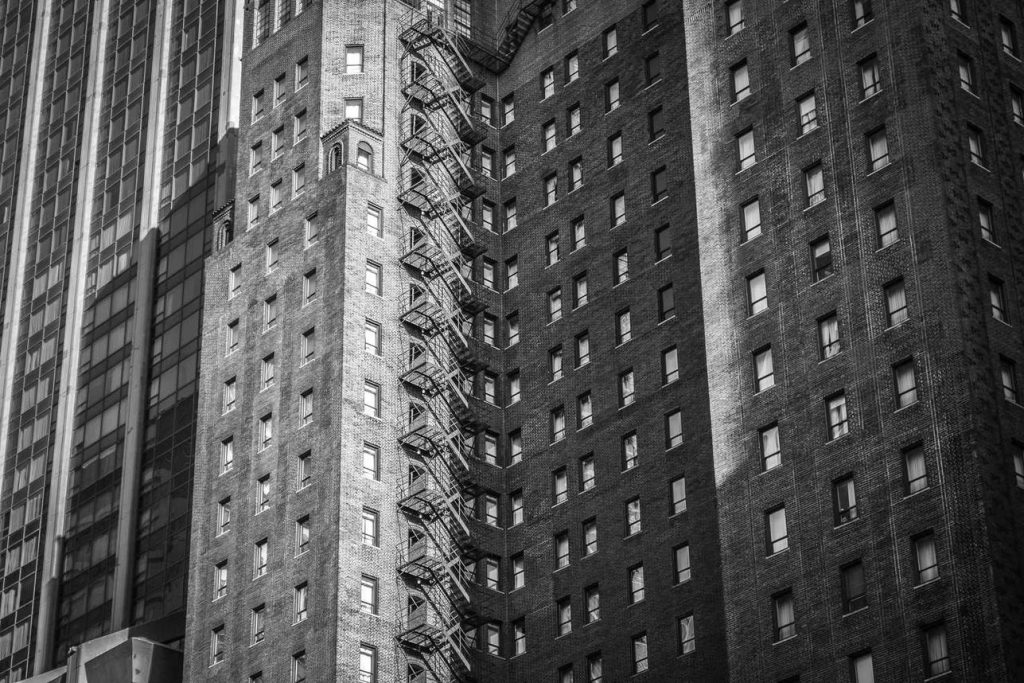Fire Compartmentation

What is Fire Compartmentation?
Fire compartmentation divides a building into smaller subsections using fire-resistant construction materials. Its purpose is to slow down and contain the spread of fire and smoke. Fire compartmentation is a form of passive fire protection, meaning it functions without the need for human intervention or mechanical activation, unlike fire alarms or fire extinguishers.
Why is Fire Compartmentation Important?
First and foremost, fire compartmentation saves lives. By slowing the spread of fire and smoke, it provides more time for safe evacuation and prevents exit routes from becoming blocked. Fire compartmentation also protects firefighters, making it easier for them to contain and extinguish fires.
Beyond life safety, fire compartmentation reduces property damage by limiting fire spread to smaller subsections of a building. It can also protect specific high-value or hazardous areas, such as a library archive or a chemical storage room in a laboratory.
How to Implement Fire Compartmentation in Your Building
The best time to implement fire compartmentation is during construction, but additional measures can also be installed in existing buildings. For a space to function as a fire compartment, all materials used in its construction must be fire-resistant.
Fire Barriers
Fire barriers are structures within a building with a minimum one-hour fire-resistance rating. They are often confused with fire partitions, which have a lower fire-resistance rating of 30 minutes.
Cavity Barriers
Cavities are enclosed spaces within walls, floors, or ceilings that can allow fire and smoke to spread undetected. Cavity barriers seal these spaces using fire-resistant or intumescent materials, preventing fire from spreading through hidden voids.
Fire Doors
Fire doors are fire-resistant doors fitted with high-temperature seals to prevent fire and smoke penetration. These doors must remain closed to form an effective fire barrier. Regular inspections and maintenance are essential to ensure their effectiveness.
Fire Dampers
Fire dampers are duct fittings designed to prevent fire from spreading through ventilation systems. There are three main types:
- Dynamic fire dampers: Suitable for areas where ventilation fans remain operational during a fire.
- Static fire dampers: Designed to completely cut off airflow when a fire is detected.
- Smoke dampers: Prevent smoke from travelling through ventilation ducts.
Fire Curtains
Fire curtains are fire-resistant barriers stored in ceilings that automatically deploy in the event of a fire. They are ideal for buildings with open-plan designs or areas lacking permanent fire compartmentation. Some fire curtains also provide smoke resistance for added protection.
Fire Compartmentation Guidelines
In England, fire compartmentation requirements are outlined in Approved Document B of the Building Regulations. While the full document contains all necessary details, key guidelines include:
- Every floor must be a compartment if the building’s top storey is over 30 metres high.
- Walls separating two separate businesses must be compartment walls.
- The ground floor does not require compartmentation, unless the building includes a basement.
- If two buildings share a wall, it must be a compartment wall spanning the full vertical height.
- Both compartment walls and roofs must be fire-resistant.
- The fire-resistance rating for compartment walls and roofs varies from 30 minutes to two hours, depending on the building type and function.
Have Your Building Assessed
Fire compartmentation is a vital part of passive fire protection, but it is only one element of a complete fire safety strategy. Ensuring compliance with current fire safety legislation is essential for protecting lives and property.
The best way to verify your building’s fire safety compliance is to schedule a professional fire risk assessment. Our fire safety experts at Overbrook can assess your building and provide tailored recommendations to ensure full compliance with UK fire regulations.
Contact us today to ensure your premises meet the highest fire safety standards.




